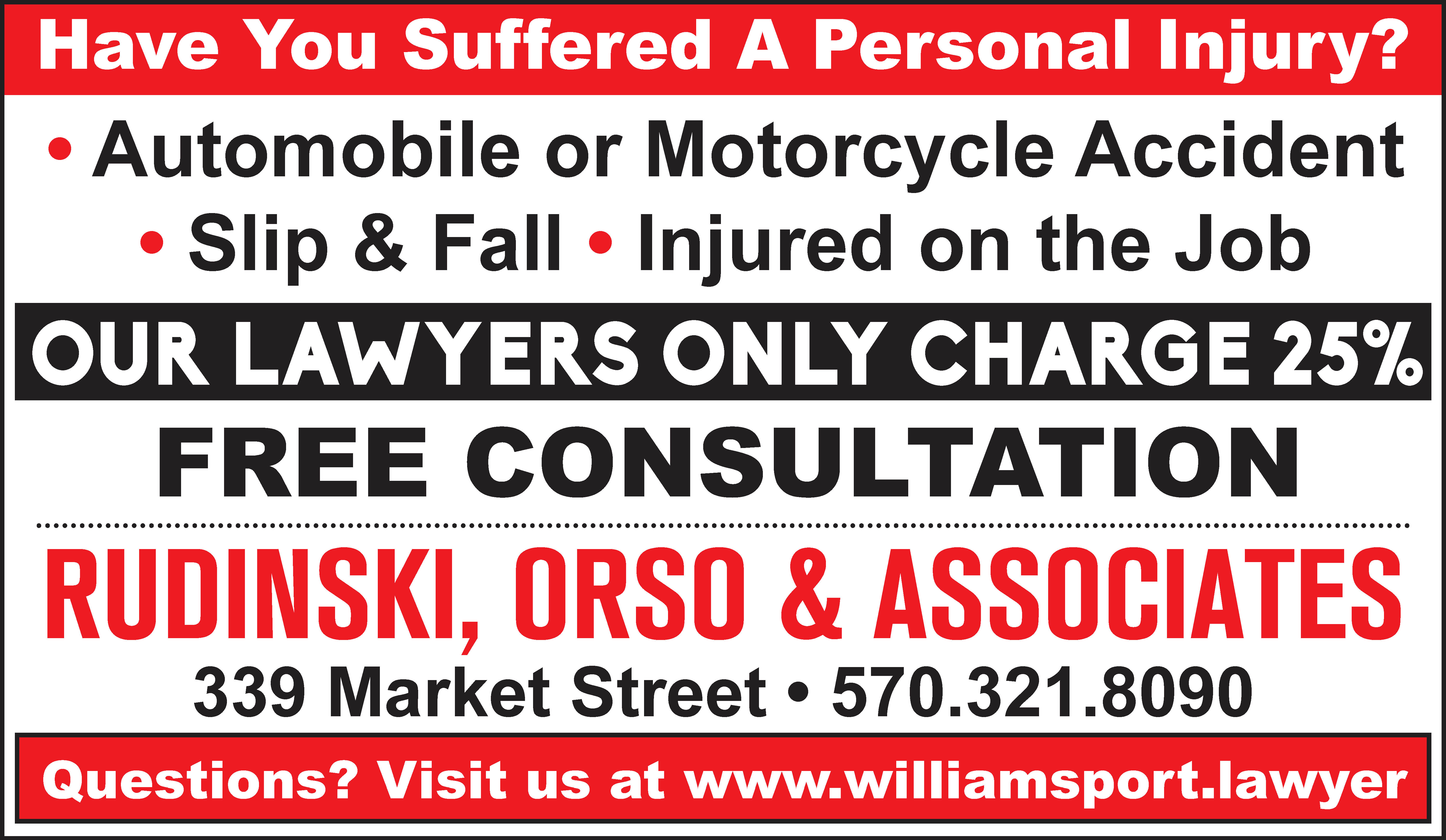Have you ever heard of hyperbaric oxygen therapy (HBOT)? Chances are you may be familiar with this treatment for divers as decompression sickness, which often occurs among deep sea divers, is one of the most common conditions treated and has been for over 80 years. But did you know that it is also useful for promoting healing in wounds?
How It Works
If you have a nonhealing wound, HBOT is a safe, non-invasive treatment that uses 100% oxygen delivered in a therapy chamber at higher-than-normal atmospheric pressure to help get more oxygen to the body’s tissues and accelerate the healing process. Under these conditions, your lungs can gather much more oxygen than would be possible breathing pure oxygen at normal air pressure.
Most wounds do not have adequate oxygenation in the tissues and tissue requires higher levels of oxygen to create an environment for healing. Typically, your red blood cells carry 21% oxygen, meeting normal tissue demands. However, when you undergo HBOT, the plasma that carries your red blood cells in the vessels becomes capable of transporting 100% oxygen, helping to create new vessels in areas that need it most. In addition, HBOT helps to reduce infections by killing anaerobic bacteria, and also helps to reduce tissue swelling (edema).
Before treatment, you will receive an evaluation as well as get a tour of the facility, introducing you to the chamber. Therapy chambers are made of transparent acrylic offering an open feel and can accommodate patients of all mobility and sizes. Treatment sessions can last up to several hours, so these chambers are designed for patient comfort and include televisions for watching TV or movies and allow patients to listen to their favorite music.
The day of your treatment, you’ll be instructed to not wear jewelry or makeup. You will be asked to wear a hospital gown and lie on a specialized bed that goes inside the chamber. Once inside, the pressure in the chamber is slowly increased. You may experience pressure in your ears during a session, but just like being in an airplane, you can yawn or swallow multiple times to help ease that pressure. At the end of the session, the chamber is depressurized slowly.
For those concerned about claustrophobic feelings, the clear domed shape of the chamber helps ease the sense of closeness. A trained technician and supervising provider will be available throughout your daily treatments to answer questions and ensure your safety.
Is HBOT an Option for Me?
There are a variety of conditions that may benefit from HBOT, including:
– Vascular wounds
– Diabetic wounds, especially to the feet
– Long-standing ulcers
– Soft tissue radiation wounds
– Bony radiation injury
– Bone infection
– Preparation and preservation of compromised skin grafts/flaps
– Wounds accompanied with significant co-morbidities
To receive the greatest benefit from hyperbaric oxygen therapy for a nonhealing wound, you’ll need multiple sessions. The exact number depends on the type of wound or condition you have, as well as your individual response to treatment.
Ultimately, any wound that is lasting longer than usual may be a good candidate for HBOT, so it’s important to talk to your physician about what treatment options are available.
Hyperbaric Treatment for Wound Healing
By Ann Clements, CRNP
UPMC Wound Healing Services
Ann Clements is a nurse practitioner with UPMC Wound Healing Services. To schedule an appointment with Ann at 1100 Grampian Blvd., Williamsport, call 570-326-8550. To learn more about hyperbaric oxygen therapy, go to UPMC.com/WoundNCPA.




Leave a Comment
Your email address will not be published. Required fields are marked with *